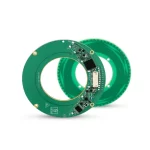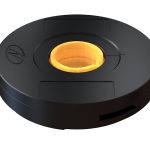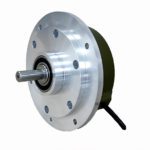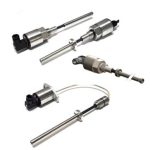
Netzer
Netzer DF-60
Part no.: Netzer DF-60
Key Features
• 60mm diameter
• SSI, BiSS-C
• 18 bit resolution
• High tolerance to EMI, RFI and magnetic fields
Netzer DF-60 encoders are designed for the harshest environments. Contact free capacative sensing combined with a metal housing create an encoder that is highly resistant to EMI, RFI, magnetic fields, shock and vibration.
Call us for more info at 856-727-9500
"*" indicates required fields









 856-727-9500
856-727-9500